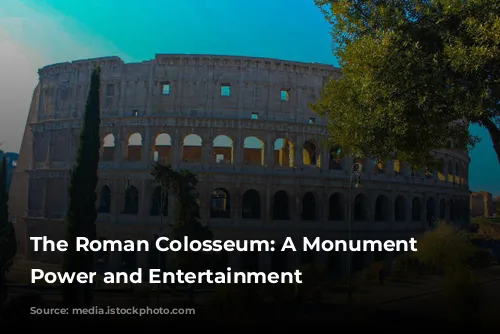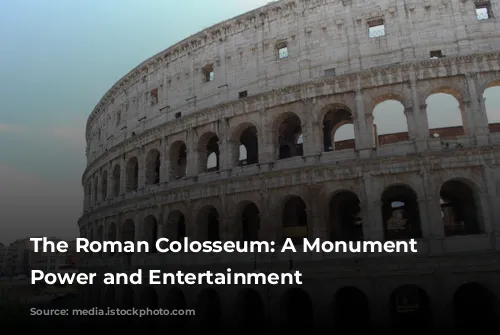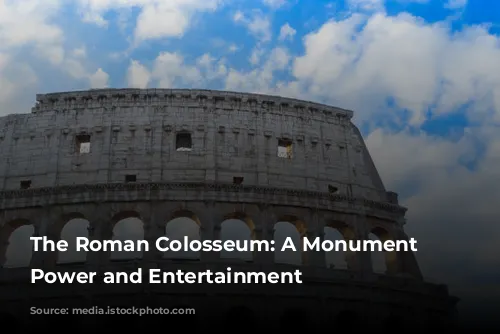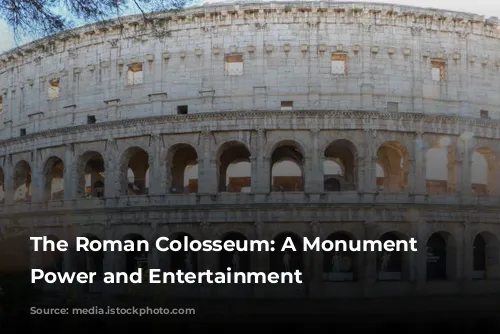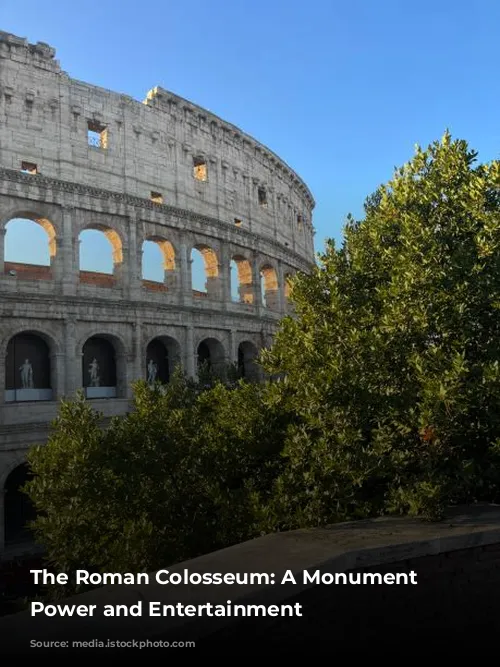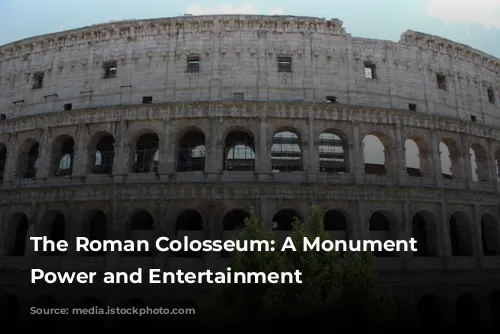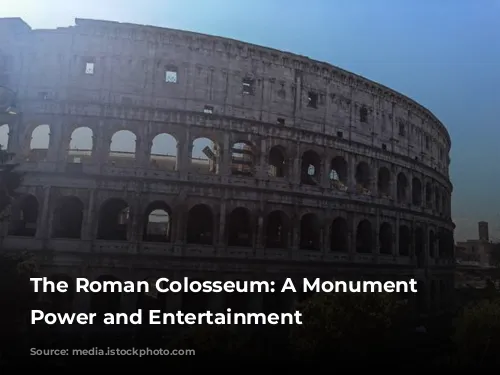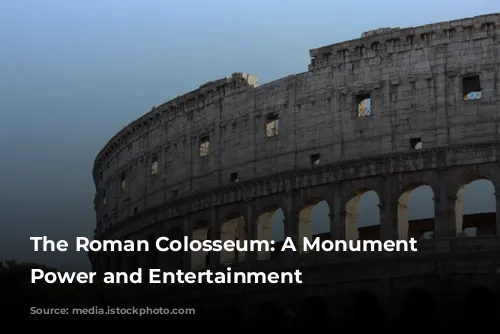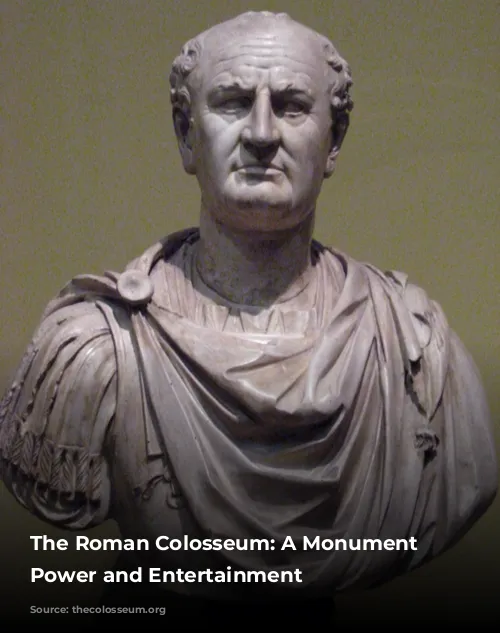The Roman Colosseum stands as a testament to the might and extravagance of the Roman Empire. With nearly two thousand years of history, this iconic structure has witnessed a vast array of spectacles, both awe-inspiring and horrifying. It’s a must-visit for anyone traveling to Rome, and understanding its history adds a whole new dimension to your experience.
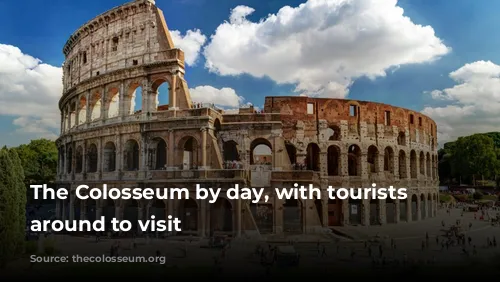
Construction & Purpose
Construction of the Colosseum began in 72 AD under Emperor Vespasian and was completed in 80 AD by his successors, Titus and Domitian. The labor force was primarily composed of Jewish slaves captured after the First Jewish-Roman War. An estimated 60,000 to 100,000 slaves toiled under the watchful eyes of Roman engineers and artisans, contributing to the grandeur of the amphitheater.
The Colosseum’s creation was a political move. Following the devastating fire of 64 AD, Emperor Nero had constructed a lavish palace, the Domus Aurea, on the site, which was met with public disapproval. When Vespasian ascended to the throne, he tore down Nero’s palace and replaced it with the Colosseum. This grand arena became a symbol of Vespasian’s power and a place for entertainment, where all Roman citizens could gather and enjoy the spectacle.
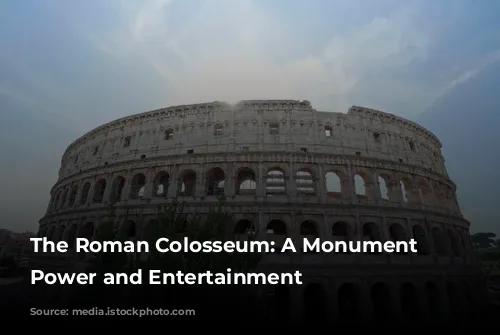
The Colosseum’s Name & Dimensions
Originally known as the Flavian Amphitheater, after the Flavian dynasty, the Colosseum’s name is believed to derive from the colossal bronze statue of Emperor Nero, which once stood nearby. This statue, modeled on the Colossus of Rhodes, was an imposing figure, lending its name to the magnificent arena.
The Colosseum’s impressive dimensions speak to its scale. This oval-shaped structure measures 189 meters long, 156 meters wide, and 48.5 meters tall, encompassing an area of 6 acres. The outer walls are adorned with three tiers of columns, showcasing the architectural styles of Doric, Ionic, and Corinthian. Each tier features 80 arches, with 76 numbered with Roman numerals, guiding spectators to their designated seats.
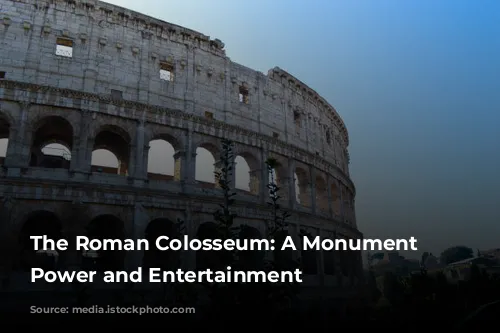
The Colosseum’s Hidden Depths
Beneath the grandeur of the arena lies a network of tunnels and chambers known as the Hypogeum. This elaborate underground system housed gladiators, animals, and prisoners before their entrance into the arena. The Hypogeum connected to the arena via 80 vertical shafts, allowing for the swift deployment of performers and props, creating a seamless flow of spectacles.
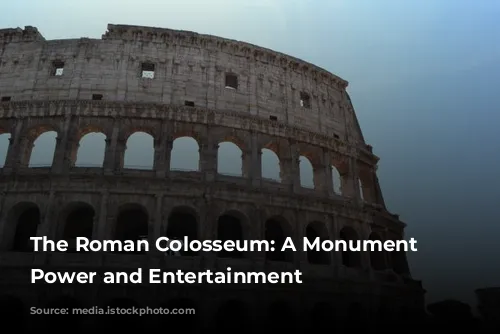
The Colosseum’s Spectacles: A Glimpse into Roman Entertainment
The Colosseum became a stage for a wide array of spectacles, offering a glimpse into the brutal and captivating entertainment enjoyed by ancient Romans. Gladiator battles were a staple, but the Colosseum also hosted hunts, executions, and even staged naval battles, known as Naumachiae, where the arena was flooded.
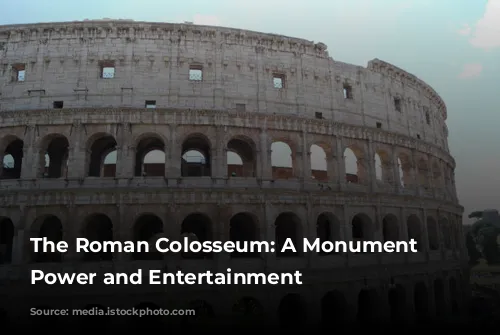
The Colosseum’s Legacy: From Arena to Tourist Destination
The Colosseum’s use as an arena eventually ceased, giving way to various other purposes. It was once used as a cemetery, a place of worship, a home for artisans and merchants, and even a fortified castle. Today, it stands as a major tourist attraction, drawing over 7 million visitors annually, making it one of the most popular landmarks in the world.
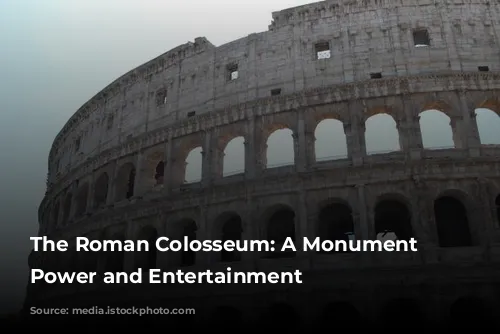
The Enduring Fascination of the Colosseum
The Colosseum remains a powerful symbol of Rome’s past, captivating our imagination with its stories of gladiatorial combat, exotic animals, and the vast crowds that once filled its seats. Even today, the Colosseum continues to fascinate and inspire, reminding us of the grandeur, the brutality, and the enduring legacy of the Roman Empire.
